interview by Sophia McDonald | photos by Eugene Pavlov
Althea Rizzo was working on her Ph.D. at Oregon State University when Hurricane Katrina ravaged the Gulf Coast. “Before Katrina, you didn’t think something that massive could happen in the U.S.,” she said. “Then you saw how unprepared we were for Katrina—something we had days and days of warning for. I saw the need for education and preparedness.” As geologic hazards program coordinator for the Oregon Office of Emergency Management, she’s helping people get ready for the anticipated earthquake in the Cascadia subduction zone.
The New Yorker article about a potential 9.2 earthquake in the Northwest really scared people. Should Oregonians really be that worried?
Yes and no. It will be very impactful. We may not have power for two years. We may not have water for two years. But you’ll still be able to make do in the meantime. What really triggered the reaction was the misinformation being put out afterward. Six-hundred-foot waves of water will not be coming over the Coastal Range. Our systems won’t be down for decades.
When the article talked about our lack of preparedness, it assumed the earthquake would happen today. That’s not where we’re going to be after we’ve done the hard work of hardening our infrastructure and getting ready for it.
How long will it take the state to get ready for a major earthquake?
It depends on how much money and time we’re willing to put in. The legislature has been putting small bits toward the Seismic Rehabilitation Grant Program for years, but in the last session, they allocated $175 million per biennium. That’s a significant increase. If we can see that sustained over time, we can be ready in fifty years.
What areas will be hardest hit by the earthquake?
The folks in the coastal areas are going to be the hardest hit. They’re going to have the hardest shaking and then they’re going to be dealing with the tsunami. Other areas that are going to be hit hard are communities with a high percentage of unreinforced masonry buildings and older building stock.
How are you making the state better prepared?
We’re working with local emergency managers to develop capacity and help them create their earthquake plans. We’re promoting programs such as the Seismic Rehabilitation Grant Program. It helps schools, hospitals and first-responder facilities pay for the seismic piece of their retrofits. The state recently launched the Cascadia Playbook, which will help state agencies and the various groups respond in the first fourteen days after the event. The Oregon State Legislature passed new legislation this last session that allowed lo- cal communities to create special financial incentives for retrofitting buildings.
What should people do at home to make sure they’re prepared?
The first thing to do is talk about it. Sit at your kitchen table and talk to your family about how you’re going to reconnect after this event. Also, establish an out-of-state contact. You should have one person who everyone calls that can share information.
Think about what kind of supplies you need. It’s important that families aim toward being self-reliant for two weeks. You don’t have to go out and spend a bunch of money all at once. Start small and build over time.
The third thing you do is take some action. Check the batteries in your flashlight, or put some old shoes next to your bed so that if the earthquake happens at night, you can protect your feet.
It’s not a question of if we have an earthquake, but when. You’re making the choice every single day regarding how your family is going to respond. Are you going to be able to protect your family, or are you going to be a victim of this earthquake? Make sure you’re picking the right one.
The 1859 Earthquake Preparedness Kit

We borrowed from the minds of experts from the Red Cross and Ready.gov in creating this natural disaster preparedness kit for our readers. We encourage you to visit their websites as well.
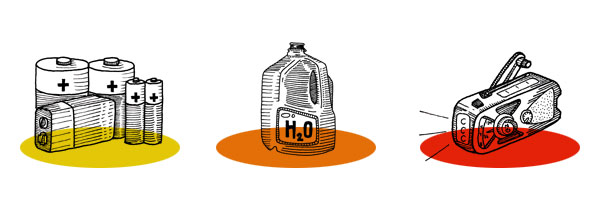
Your kit can be stored in a number of different ways, but you want to find a container or bag that will protect the supplies from damage. The kit should also be stored at a place in your home that you can easily access in an emergency, but not where small children or household animals could get into it.
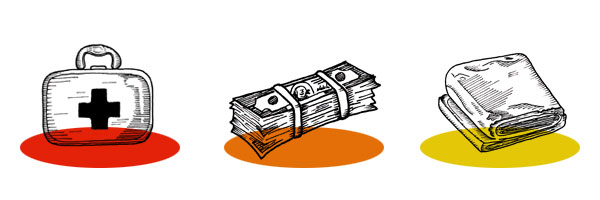
Here is a list of recommended supplies that should be in the kit:
Water. It is recommended to have a supply of one gallon per person, per day. You should have a supply that could support you and your family for up to two weeks.
Food. It is best to have non-perishable, easy-to-prepare items such as canned and dehydrated food, and enough to support you and your family for two weeks. If you have any pets, you will need to have a supply of food and water for them as well.
Bedding. A sleeping bag or warm blanket for each person.
Clothes. Extra set of clothes for each person.
Light. A flashlight and extra batteries.
Communication. Radio and extra batteries. Cell phone with chargers.
First aid. First aid kit, along with any medications you or your family may need. An Emergency blanket.
Personal. Copies of personal documents and contact information for your family.
Tools. A multi-purpose tool, matches in a waterproof container, a whistle, maps of the area.
Health. Sanitation and personal hygiene items.
Extra cash
Activities for small children


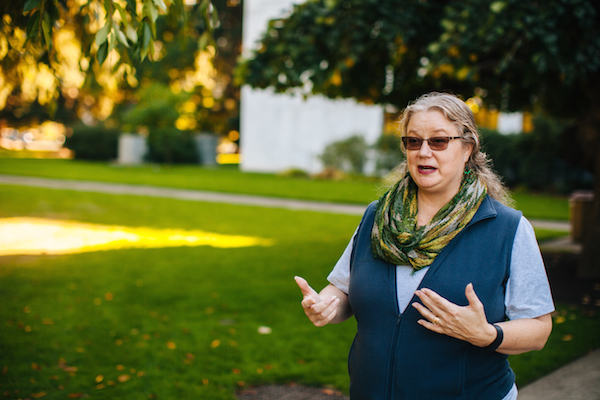

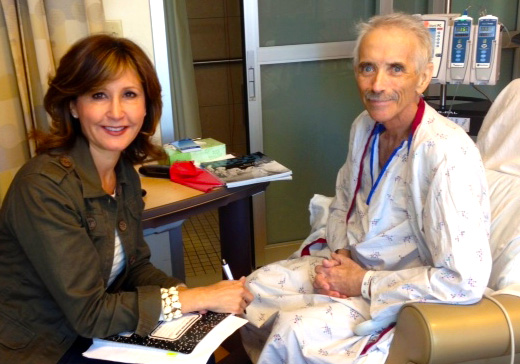
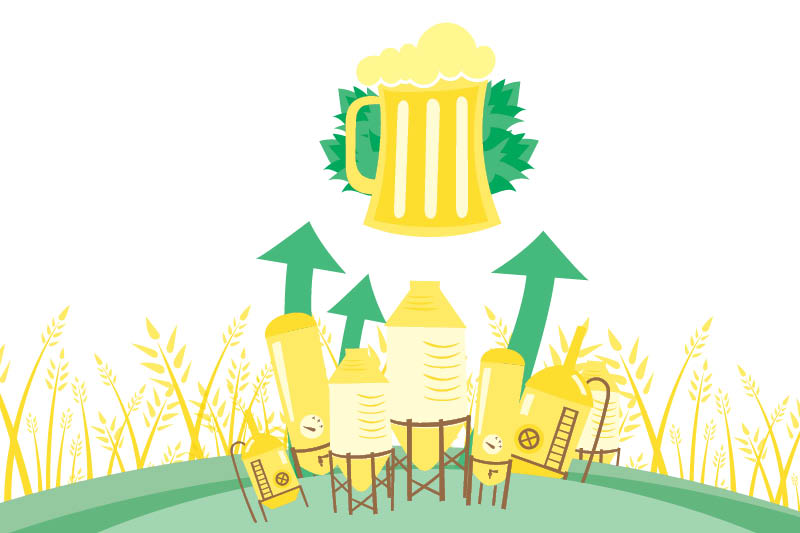




It seems that it would be very useful to have a small bio-mass cooking stove in this kit, that you can fuel with twigs or other yard debris. A small bio-fuel stove would allow a person to heat/boil water and cook food. You could store rice & beans ( and other freeze dried food) in your kit if you had a way to cook them…
Go to http://www.silverfire.us/stoves to look at stoves. These stoves are being purchased by many people that are getting prepared for a disaster. This website also has other ‘survival’ supplies. There are solar products that you could use to charge your cell phone ( as you might not be able to use your charger as listed above!)